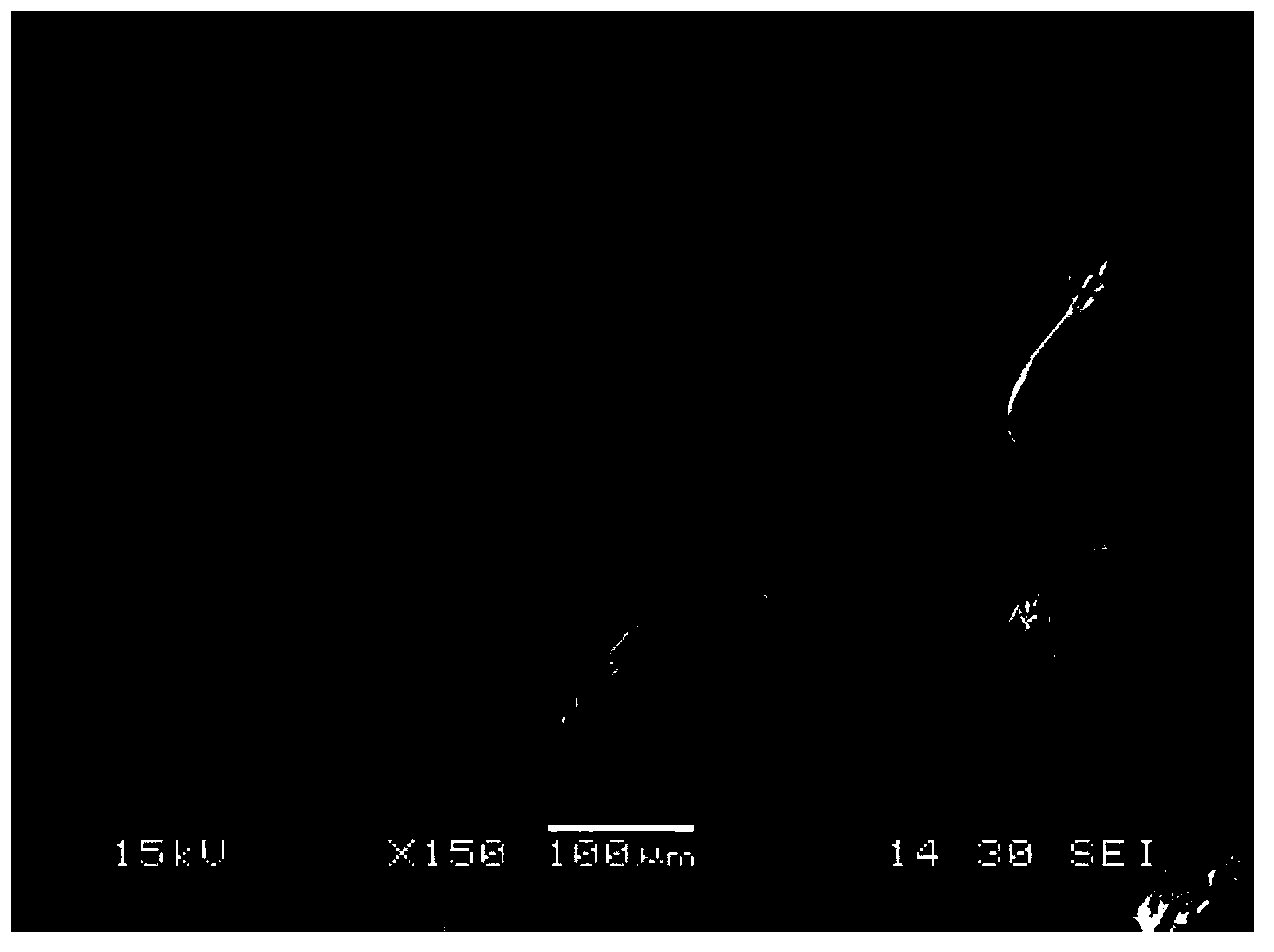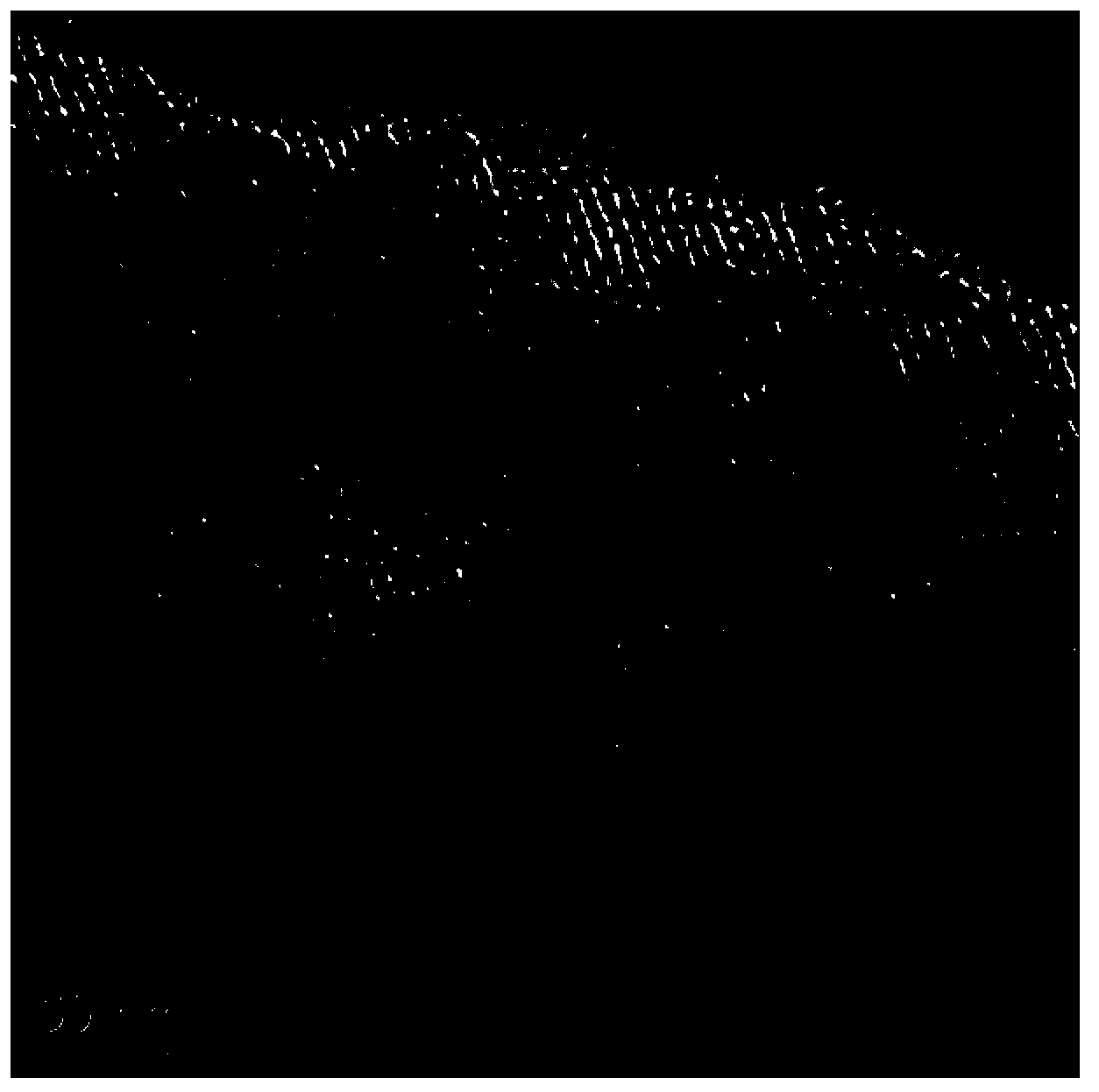Radioisotope labeled meso-porous bioglass porous scaffold and making method thereof
A radioactive isotope and bioglass technology, applied in medical science, prostheses, etc., can solve the problems of the degradation characteristics of mesoporous bioglass porous scaffolds and the unclear influence of metabolic outcome
- Summary
- Abstract
- Description
- Claims
- Application Information
AI Technical Summary
Problems solved by technology
Method used
Image
Examples
Embodiment Construction
[0062] Radionuclide labeling and tracing technology uses radionuclide or its labeled compound as a tracer, uses radiation to detect the distribution of the tracer, and combines autoradiography, microscope observation and counting, liquid scintillation counter, etc. for qualitative and quantitative The method of observation and analysis has the characteristics of high sensitivity, simple method, and accurate positioning and quantification. Therefore, the use of radionuclide labeling and tracing technology to label mesoporous bioglass porous scaffolds can provide information for the biodistribution and fate of scaffold materials in vivo. Research provides important technical means.
[0063] Mesoporous bioglass porous scaffold based on CaO-SiO 2 -P 2 o 5 As the basic composition, in vitro studies have proved that a large amount of Ca, Si and P elements can be detected after the scaffold is soaked in simulated body fluid for different periods of time, which indicates that the de...
PUM
 Login to View More
Login to View More Abstract
Description
Claims
Application Information
 Login to View More
Login to View More - R&D
- Intellectual Property
- Life Sciences
- Materials
- Tech Scout
- Unparalleled Data Quality
- Higher Quality Content
- 60% Fewer Hallucinations
Browse by: Latest US Patents, China's latest patents, Technical Efficacy Thesaurus, Application Domain, Technology Topic, Popular Technical Reports.
© 2025 PatSnap. All rights reserved.Legal|Privacy policy|Modern Slavery Act Transparency Statement|Sitemap|About US| Contact US: help@patsnap.com



